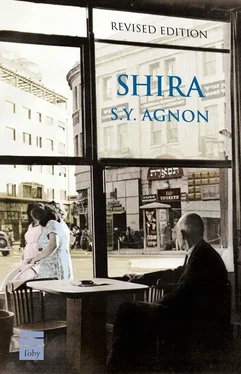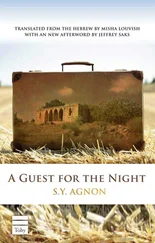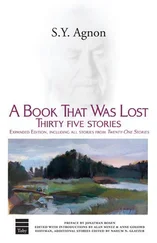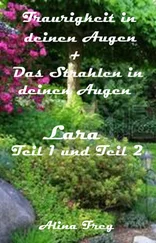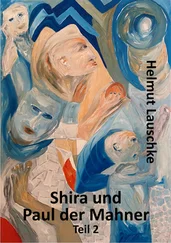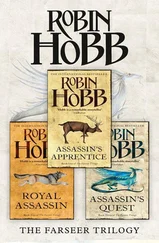As a translator, I felt myself being submerged by the text, yielding to the particular words, the exquisite blend of austerity and lyricism, resisting the temptation to distance myself from them in order to analyze, interpret, and rephrase “correctly.” Going beyond the discursive level,
I found myself inside the text, where ordinary dilemmas seemed to resolve themselves. What on the surface had seemed like ambivalence became an ability to accommodate at least two sides of a question, what had seemed like random digression was justified in terms of the language of the unconscious. Agnon’s voice was able to modulate shifts from thought and feeling to action, from ruminative material to narrative material. The firm structure of each phrase, sentence, paragraph, made questions about the overall structure of this unfinished novel seem somewhat irrelevant, though its ambiguous conclusion leaves so many unanswered questions. It was my experience, as I worked closely with the text that apparent trouble spots yielded the greatest meaning, as is often the case with aspects of a dream that resist interpretation.
Despite his reputation as a formidable and esoteric writer, Agnon’s meanings are simple once one concedes the limitations of the rational mode. His emphasis on experience rather than outcome make the novel deeply involving, though so little actually happens in the course of it. Herbst’s somewhat quirky character is at peace with the contending aspects of reality, accommodates a broad range of feelings, transcends a dramatic view of personality as a network of conflicting forces coming to terms with each other to achieve consistency. Having discarded the chapter in which Herbst finds Shira. Agnon chose to have him continue the quest and, despite her physical absence in Books III and IV, Shira remains a powerfully persistent presence: “He was even more keenly aware of what did not occur between them… as if what did not occur was the essence. And, that being what he lacked, he would be keenly aware of this lack forever.”
Herbst remains bound to Shira, like the aguna — a wife who, in Jewish law, remains bound to her absent mate as long as his whereabouts are unknown. This concept, from which Agnon derived his name in 1908 (having been born Shmuel Yosef Czaczkes), haunts his writing from early on. Though, practically speaking, the plight of the aguna has been highly problematic, even tragic, it is true that those forces and presences that vanish mysteriously are the ones from which it is most difficult to find release. Imagination, experience, emotion — all conspire to create bonds that are not easily dissolved, bonds that Agnon examines repeatedly.
In an early story, “ Agunot ,” the thwarted bond of passion wreaks havoc in many lives; in the novel A Guest For The Night , the narrator returns to his Galician town, which remains bonded to the past — at once a constricting force and a vital framework within which character and feeling unfold; in Shira , Herbst remains bonded to the mysterious women who challenges so many aspects of his identity. Whether or not it is rational for such bonds to exist, Agnon acknowledges their power, illuminating them with particular brilliance in Shira , wherein his vision derives less from the urge to judge and proclaim values than from a commitment to what is essentially true and human.
Ahad Ha’am — (“One of the People”) pen-name of Asher Hirsh Ginsberg (1856–1927), Hebrew essayist and author, champion of the revival of Jewish settlement in the Land of Israel as a spiritual center vs. Herzl’s political Zionism.
Amnon and Tamar — Half-sibling children of King David, but used idiomatically throughout Shira as a term for “(star-crossed) lovers” in light of the rape of Tamar by Amnon (see 2 Samuel 13).
Apollo bound up in tefillin straps — Reference to “Before a Statue of Apollo”, a well-known poem by pioneer Hebrew poet Saul Tchernichovsky (1875–1943).
Arlozoroff, Haim (1899–1933) — Zionist leader during the British Mandate and head of the Political Department of the Jewish Agency; assassinated in Tel Aviv in 1933.
Ashkenazic — European (and especially eastern European) Jewry, as distinct from s.v. Sephardic Jewry.
Baka — Neighborhood in southern Jerusalem with a strong Arab presence. Home to the Herbsts.
Bezalel — Jerusalem Academy of Art, founded by Boris Shatz in 1906.
Bialik’s “The Talmud Student” — Well-known poem by Hayyim Nahman Bialik (1873–1934), greatest Hebrew poet of the Hebrew revival. The 1898 poem (in Hebrew, Hamatmid) reflects Bialik’s great ambivalence to his traditional upbringing and study in Orthodox yeshiva at Volozhin.
Brit — Ritual circumcision for Jewish boys at eight days old.
Brit Shalom (“Covenant of Peace”) — Movement for a peaceful coexistence between Arabs and Jews, founded in Palestine in 1925. It favored cultural Zionism of Ahad HaAm over political attempts to establish a Jewish State, aiming instead for a bi-national state.
Buber, Martin (1878–1965) — Austrian-born Israeli Jewish philosopher best known for his dialogical, existentialist philosophy, and his important essay “I-and-Thou” and his translation of the Hebrew Bible into German.
Bukharian Quarter — Neighborhood in north-central Jerusalem named after Jewish immigrants from Bukhara (today Uzbekistan) who first settled there in the 1870s and ‘80s.
Cholent — A hearty stew prepared in advance of the Sabbath and left simmering until served on Saturday afternoons.
Darf man die Welt belügen / Ich sage nicht nein / Doch willst du sie betrügen / So mach es nicht fein — Are you allowed to lie to the world? / I don’t say no. / But if you want to cheat on her, / don’t do it elegantly (fine/nicely). — In Book iv chapter 3 Herbst recalls these lines of German poetry, which Agnon records in German without translation. In fact Herbst has mis-remembered an epigram of Goethe, which in the original goes: Darf man das Volk betrügen? / Ich sage: Nein! / Doch willst du sie belügen / So mach es nur nicht fein. The essential difference is Herbst’s “ belügen” (to lie) with Goethe’s original “betrügen” (to cheat or betray), a telling slip of his memory given the context in which the lines are brought.
Earlock — Payos (Yiddish); traditional side-curl favored by ultra- Orthodox Jews.
Edom and Ishmael — Biblical characters, but used idiomatically as synonyms for Christianity (Edom) and Islam (Ishmael).
Emek valley — Area of the fertile Jezreel valley in the lower Galilee region. The novel’s fictional Kvutza Ahinoam is located here.
Ezra school — Network of German-speaking schools founded in Palestine in 1901 by the Hilfsverin Relief Organization for German Jewry.
Galicia — Central European region (straddling today’s Poland and Ukraine), home to a significant Jewish Diaspora (and birthplace of S.Y. Agnon).
Gemara — Component of the Talmud comprising rabbinic analysis and commentary on the Mishnah. Codified in Babylonia around the year 50 °C.E.
Hauptmann, Gerhart (1862–1946) — German novelist, playwright and Nobel laureate.
German Hasidim (Hasidei Ashkenaz) — 12th and 13th century Jewish mystical and ascetic group (not to be confused with Hasidic movement of the 18th century).
Gethsemane — Garden area at the foot of Jerusalem’s Mount of Olives (New Testament sight of Jesus and disciples’ prayers on the eve of the crucifixion).
Gordon, Y. L. (1831–92) — Major Hebrew poet of the Jewish Enlightenment.
Grush — Slang term for a small coin.
Haganah — Lit. “The defense”, a Jewish paramilitary organization during British Mandate, later became the core of the Israel Defense Forces.
Читать дальше
